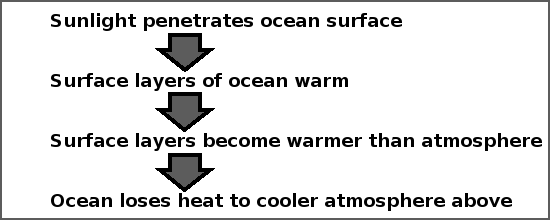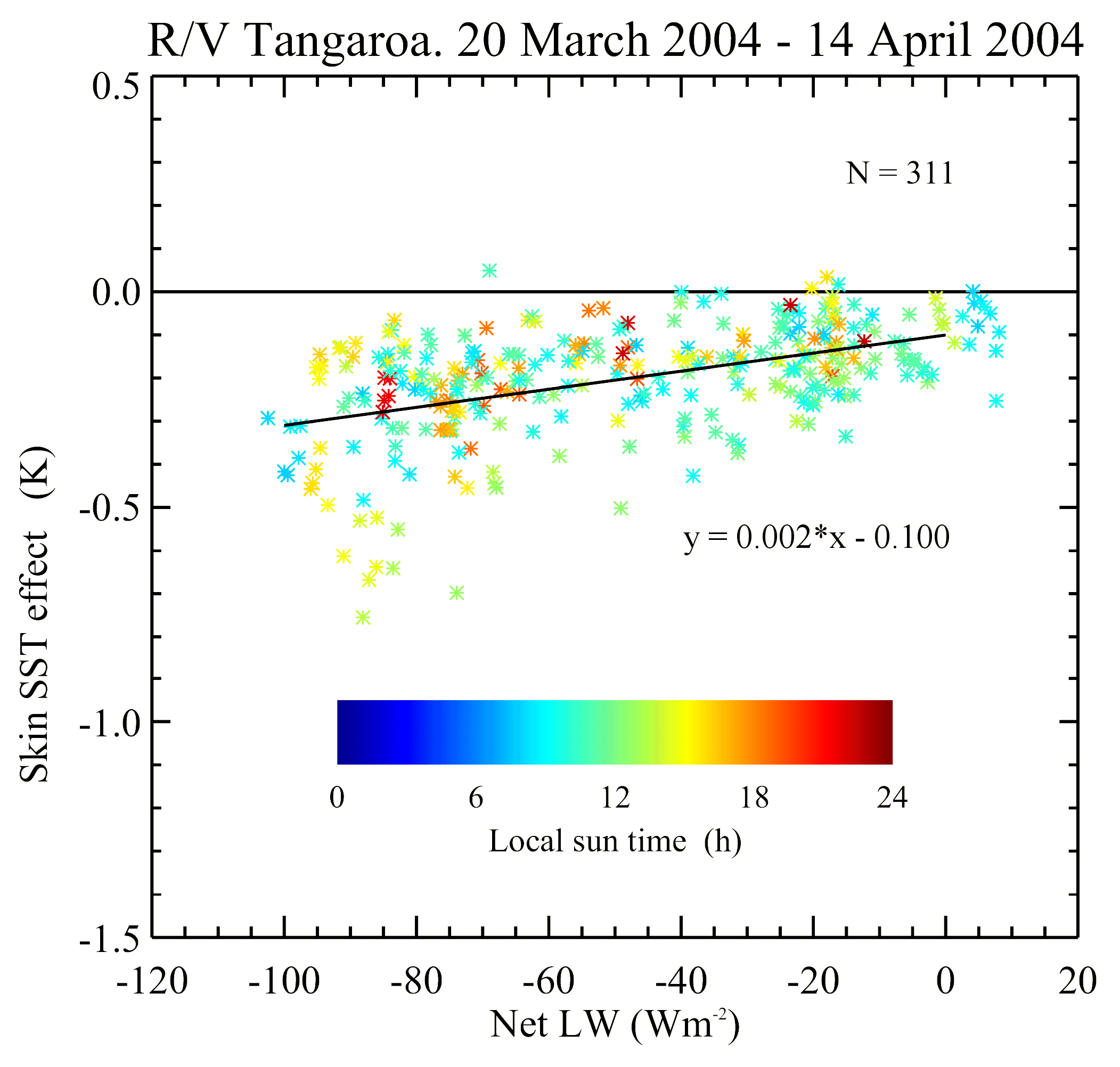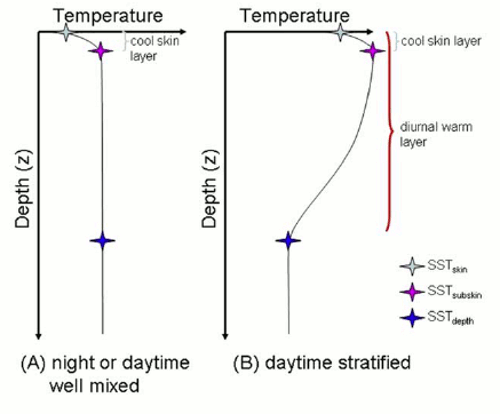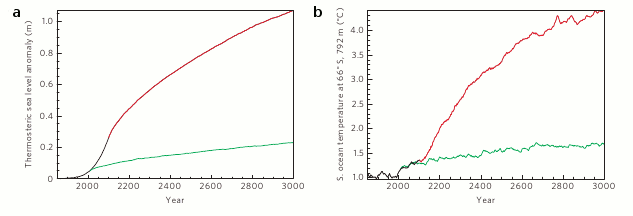SSDD
Gold Member
- Nov 6, 2012
- 16,672
- 1,966
- 280
The point is that because certain frequencies of light are capable of penetrating many meters into water means THEY ARE NOT BEING RAPIDLY ABSORBED. That other frequencies do not penetrate far MEANS THAT THEY ARE BEING RAPIDLY ABSORBED.
Don't you ever think?
The oceans warm the atmosphere...not the other way around...don't you think...and once again..there is no back radiation warming anything...not the land..not the oceans...CO2 increases the emissivity of the atmosphere...by definition when you increase the emissivity of a system, the temperature drops..






